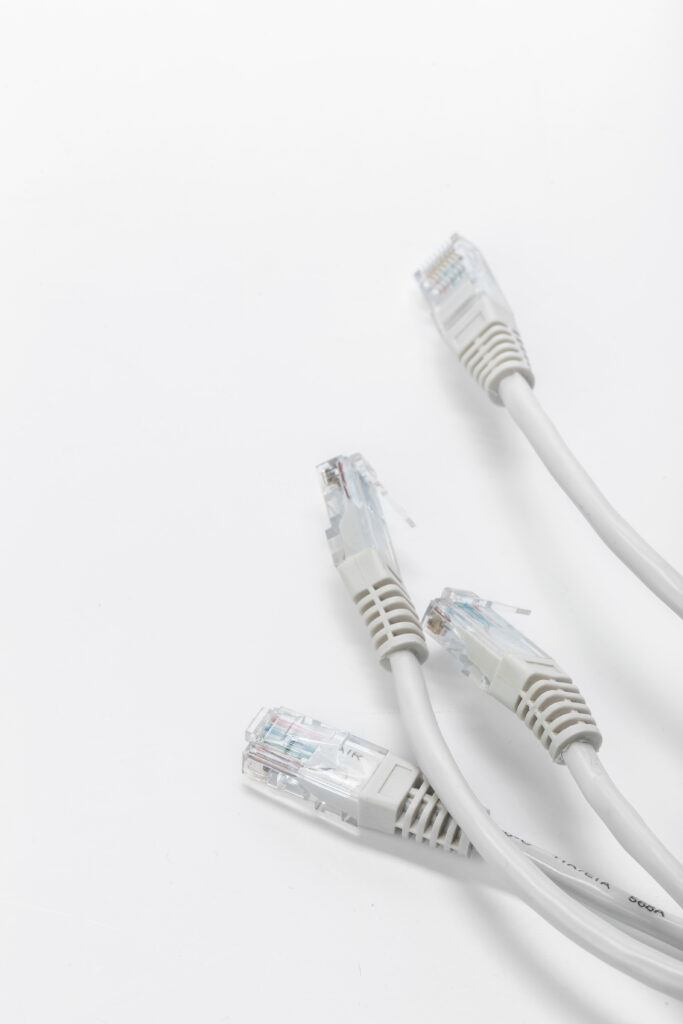The Evolution of PoE
Jun 10 2024
/

The Ultimate Guide to LAN Cable Color Codes
In the world of networking, understanding LAN cable color codes is essential for setting up and maintaining a reliable network. Whether you’re a seasoned IT professional or a novice home user, knowing what each color represents can help you troubleshoot issues and ensure a smooth installation process. In this comprehensive guide, we’ll cover everything you need to know about LAN cable color codes, from their significance to how to use them effectively.
Why LAN Cable Color Codes Matter
LAN cables, also known as Ethernet cables, are essential for wired networks. They connect devices like computers, routers, and switches, enabling data transfer and internet connectivity. The color coding of these cables is not just aesthetic; it serves functional purposes:
- Ease of Identification: Different colors help distinguish between various types of connections and purposes.
- Troubleshooting: Identifying cables quickly can make diagnosing network issues faster and more efficient.
- Compliance: Adhering to industry standards ensures compatibility and reliability in network setups.
Understanding the Color Codes
LAN cables typically follow the T568A and T568B wiring standards. These standards specify the arrangement of wires within the cable and the color codes. Here’s a breakdown:
T568A Standard
- Pin 1: White/Green
- Pin 2: Green
- Pin 3: White/Orange
- Pin 4: Blue
- Pin 5: White/Blue
- Pin 6: Orange
- Pin 7: White/Brown
- Pin 8: Brown
T568B Standard
- Pin 1: White/Orange
- Pin 2: Orange
- Pin 3: White/Green
- Pin 4: Blue
- Pin 5: White/Blue
- Pin 6: Green
- Pin 7: White/Brown
- Pin 8: Brown
How to Choose the Right Color Code
Choosing between T568A and T568B depends on your specific needs and existing infrastructure. Here’s a quick guide:
- Compatibility: If you’re expanding an existing network, use the same standard as the existing setup to ensure compatibility.
- New Installations: For new installations, T568B is often preferred, especially in commercial settings.
- Government and Residential Use: T568A is sometimes used in government installations and residential networks.
- Cable Type: Consider the type of cable you’re using. Some cables are pre-terminated with a specific standard.
- Industry Standards: Check industry norms for your specific field or region; certain industries may have a preferred standard.
- Cross-talk Minimization: T568B is known to minimize cross-talk, which may be beneficial in environments with many cables.
- Historical Context: T568A was originally the preferred standard, so older installations might be using it.
- Ease of Maintenance: Use the standard that your maintenance team is most familiar with to simplify troubleshooting and repairs.
Wiring Your LAN Cable
Here’s a step-by-step guide to wiring your LAN cable following the color codes:
- Strip the Cable: Remove about 2 inches of the outer jacket using a cable stripper.
- Untwist the Pairs: Carefully untwist the wire pairs and straighten them out.
- Arrange the Wires: Arrange the wires according to the T568A or T568B standard.
- Trim the Wires: Trim the wires to about 0.5 inches in length, ensuring they are even.
- Insert the Wires: Insert the wires into the RJ45 connector, making sure they reach the end.
- Crimp the Connector: Use a crimping tool to secure the connector onto the cable.
- Test the Cable: Use a cable tester to ensure all connections are correct.
Common Mistakes to Avoid
- Mixing Standards: Avoid mixing T568A and T568B standards within the same network as it can cause connectivity issues.
- Improper Crimping: Ensure the wires are fully inserted and the connector is properly crimped to avoid loose connections.
- Skipping Testing: Always test your cables before finalizing the installation to catch any wiring errors.
Conclusion
Understanding LAN cable color codes is crucial for anyone involved in setting up or maintaining a network. By following the T568A and T568B standards, you can ensure your network is reliable and easy to troubleshoot. Whether you’re a professional or a DIY enthusiast, mastering these color codes will make your networking tasks more efficient and effective.
Frequently Asked Questions
What is the difference between T568A and T568B?
The primary difference between T568A and T568B is the arrangement of the wire pairs within the cable. While both standards provide the same electrical performance, T568A is often used in residential installations, whereas T568B is typically adopted for commercial networks. It’s essential to stick to one standard throughout your network to ensure proper connectivity.
Can I mix T568A and T568B in the same network?
Mixing T568A and T568B standards within the same network can lead to connectivity issues and should be avoided. Choose one standard and use it consistently across all your LAN cables to ensure a stable connection.
How can I tell if my cable is faulty?
A faulty cable may present as slow network speeds, frequent disconnections, or complete loss of connectivity. Using a cable tester is the most reliable way to identify any issues. The tester will help you determine if there are any wiring errors, such as improper crimping or incorrect wire order.
Is there a preferred standard for new installations?
While both T568A and T568B are widely accepted, T568B is more commonly used in new installations, especially in commercial settings. However, if you are working on an existing network, it is best to adhere to the existing standard to maintain consistency.
What tools do I need to wire a LAN cable?
To wire a LAN cable, you will need a cable stripper, a crimping tool, an RJ45 connector, and a cable tester. These tools will help you strip the outer jacket, arrange and trim the wires, secure the connector, and test the cable for proper functionality.
